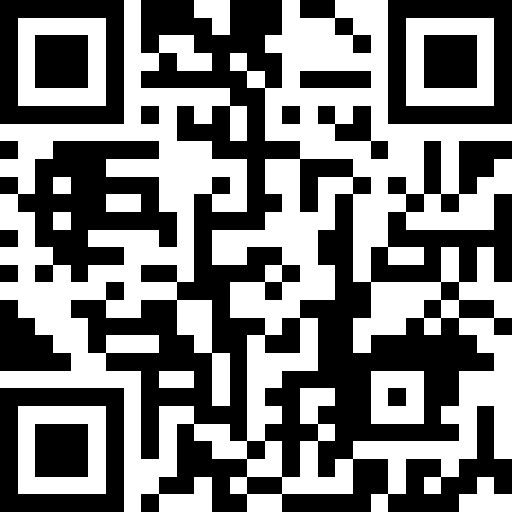Information
-
Principle contractor
-
RRL Project Manager for this site
-
Toolbox talk carried out by
-
Toolbox talk carried out on
-
Project Ref
Accident Prevention
-
Accident Prevention
Introduction: Whilst overall accident statistics indicate a general reduction, the construction industry remains the exception by showing an increase. It is essential that all personnel contribute in every way possible to reduce accident rates in construction.
Main points:
• Equipment does not cause accidents – people do!
• Every accident is owned by someone somewhere!
• It’s too late to plan for safety after an accident has happened!
Discussion points:
• Accidents are caused by:
a. People not thinking, not following instructions, or not putting their training into practice.
b. Unsafe manual handling, loading, stacking and storing of materials.
c. Overloading of platforms, scaffolds, hoists, plant, etc.
d. Incorrect use and abuse of plant and equipment.
e. Use of faulty equipment and “homemade” repairs.
f. Illegal adaptations and illegal removal of guards/barriers.
g. Failure to use PPE and ignoring safety signs/warning devices.
• The costs of accidents include pain, suffering, ongoing disability, and potential fatalities. Can also result in loss of earnings, incapacity for the job, inability to support family, etc.
• Employers face financial and time costs in compensation, loss of working time, lost management time during investigations, possible fines, etc.
• Help prevent accidents by:
a. Not removing any guards/barriers.
b. Not handling hazardous substances without knowing the hazards.
c. Not using plant and equipment unless suitably trained.
d. Always complying with laid down procedures.
e. Always wearing suitable PPE as applicable.
f. Not engaging in horseplay where it could result in hazards.
g. Not misusing/abusing any equipment provided for safety.
h. Not using any defective equipment/plant, and not carrying out “homemade” repairs.
i. Employing good hygiene standards.
j. Using the correct tools for the job.
k. Obeying site safety rules and signs.
BE THE “EYES AND EARS” FOR SAFETY ON SITE AND
REPORT ANY HAZARDS TO SUPERVISORS IMMEDIATELY! -
Toolbox talk complete?
-
Now go to section "Toolbox talk attendee register"
Toolbox talk attendee register
-
Toolbox talk attendees -
Name of attendees
-
Have you fully understood this toolbox talk?
-
Please report to your supervisor to discuss your concerns.
-
Name of operative
-
Signature -














